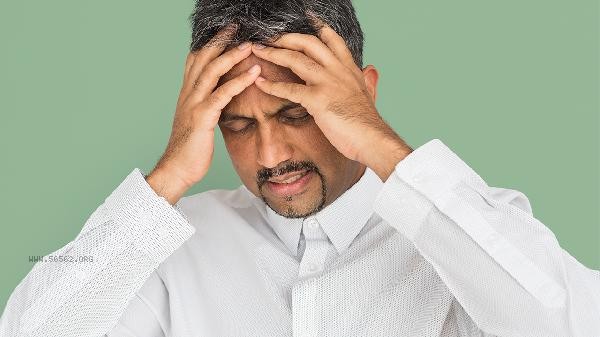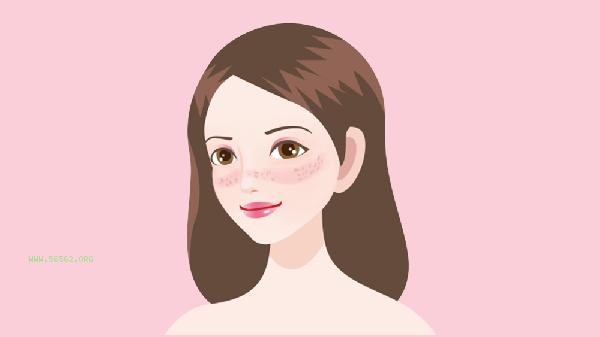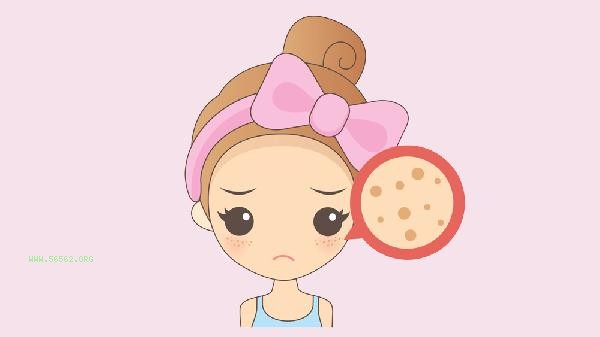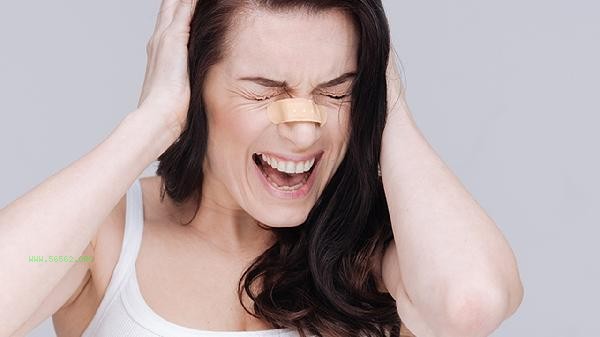The clinical diagnosis of depression usually requires a psychiatrist or psychologist to make a comprehensive judgment through face-to-face consultation, scale assessment, and physiological examination. The diagnostic process mainly includes five steps: preliminary consultation, psychological assessment, laboratory examination, imaging examination, and differential diagnosis.

1. Preliminary Consultation
The doctor will inquire in detail about core symptoms such as the duration of low mood, changes in sleep and diet, and the degree of social dysfunction, to determine if the symptoms have lasted for more than two weeks. At the same time, family history of mental illness, recent stress events, and other triggers will be traced to assess the risk level of suicide. The consultation process requires patients to truthfully describe their subjective feelings, and family members can supplement any observed behavioral abnormalities.
2. Psychological assessment
commonly uses standardized tools such as Hamilton Depression Scale and Self Rating Depression Scale for quantitative evaluation. Some hospitals will use comprehensive scales such as the Minnesota Multiphasic Personality Inventory to screen for comorbid symptoms such as anxiety and obsessive-compulsive disorder. The evaluation results need to be interpreted in conjunction with clinical manifestations, and a single scale score cannot be used as a diagnostic basis.
3. Laboratory tests
exclude organic diseases such as anemia and hypothyroidism through blood routine, thyroid function, hormone levels, and other tests. Some patients need to undergo dexamethasone suppression test to evaluate the function of the hypothalamic pituitary adrenal axis. These tests help identify depressive states caused by physical illnesses.

4. Imaging examination
Brain CT or MRI can observe structural changes in brain areas such as the prefrontal cortex and hippocampus, and functional MRI can detect abnormal brain metabolic activity. Near infrared brain functional imaging technology can also assist in evaluating cerebral blood flow status, which is often used for scientific research or diagnosis of difficult cases.
5. Differential diagnosis
needs to be distinguished from mental illnesses such as bipolar disorder, depressive episodes, and adaptation disorders accompanied by depressive emotions. Doctors will evaluate whether the symptoms meet the diagnostic criteria for depression, exclude external factors such as drug side effects and substance abuse, and ultimately diagnose according to the International classification of Diseases. After being diagnosed with depression, it is recommended to develop a personalized treatment plan under the guidance of a doctor, which usually includes medication intervention and psychological therapy. Maintain a regular daily routine, engage in moderate aerobic exercise, and consume foods rich in tryptophan and omega-3 fatty acids. Family members should provide sufficient emotional support, avoid putting pressure on patients, and regularly accompany follow-up visits to evaluate treatment efficacy. If suicidal ideation or worsening symptoms occur, immediately contact the attending physician to adjust the treatment plan.








Comments (0)
Leave a Comment
No comments yet
Be the first to share your thoughts!